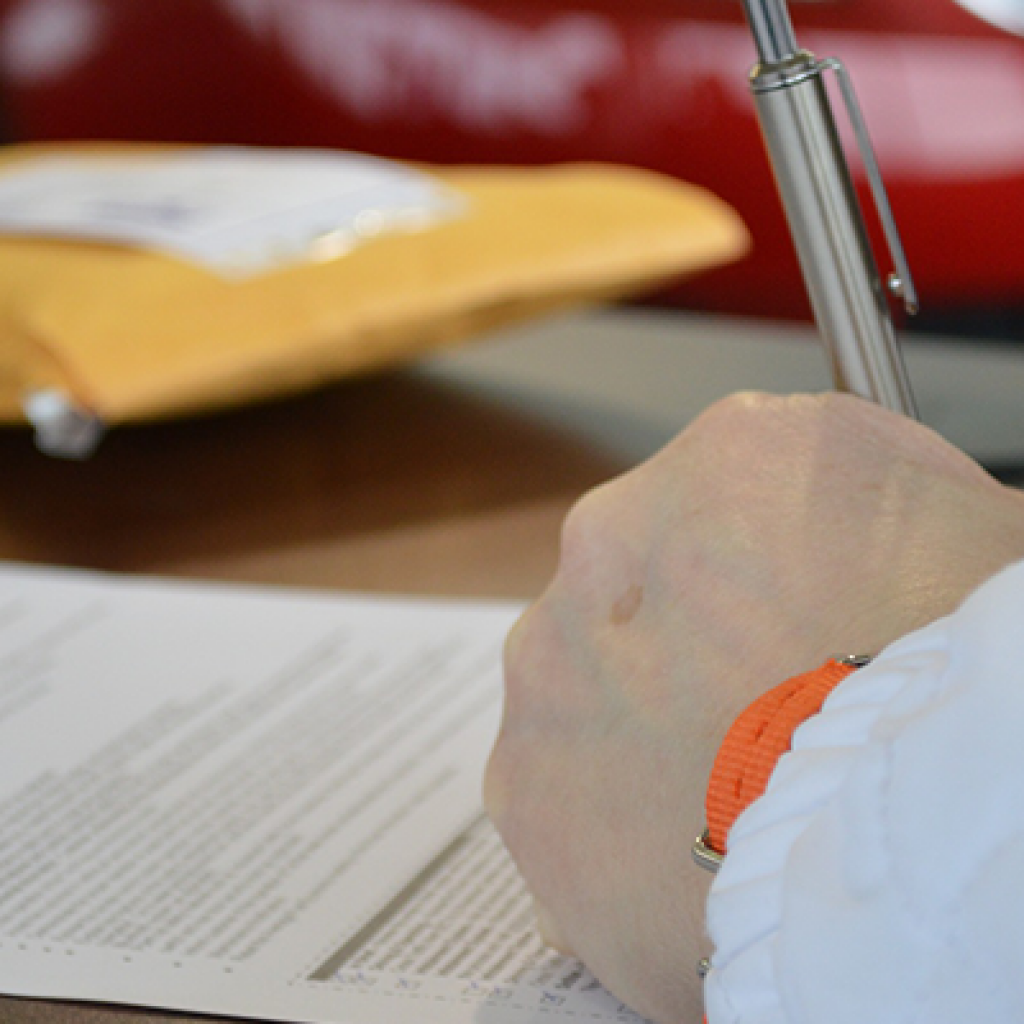With fraud becoming an ever more common occurrence in the legal sector, every firm should have robust procedures in place
The UK’s fraud prevention service, Cifas, recently reported that recorded fraud increased by 25% last year andthat the legal sector has become a particularly attractive target for fraudsters.
From the postman who steams open invoices to a client and changes payment details, to the sophisticated cyber-attack and the employee submitting false expenses claims, dishonesty and fraud take many forms. The Solicitors Regulation Authority (SRA) is absolutely clear that “the greatest risks posed to the public and consumers of legal services are fraud, dishonesty and misconduct”.
Personal integrity is central to a solicitor’s role and the profession is bound by the SRA to protect client money and assets and to act in the public interest. Few suggest the majority of law firms don’t do their best to deliver that protection; however, it is becoming more difficult as those intent on criminal activity use increasingly sophisticated methods to evade detection.
Solicitors are being systematically targeted by fraudsters and that has an impact on the profession at every level, from the cost of insurance to the industry’s reputation. Ironically, the strength of the reputation of the legal sector has to some extent become an Achilles’ heel when it comes to fraud. While a member of the public might question an instruction to transfer a payment to a different bank account when that instruction has come from a less highly thought of profession, they may be more inclined to proceed if the instruction purports to come from a law firm.
Fraudsters’ modus operandi vary significantly and are, therefore, rarely easy to identify. Frauds are as likely to be driven by an opportunistic misrepresentation of fact by someone who considers a ‘white lie’ acceptable, as they are by crime syndicates using false identities to arrange complex frauds that would grace the pages of a crime novel. What is clear is that few legal instructions are free of risk. While mortgage fraud remains the most common variety of fraud according to Experian1 (79 in every 10,000 applications), assuming the problem is consigned to this area severely underestimates the nature of the attack the legal profession is under.
The business of representation and advice means there are multiple contact points in most transactions. In turn, this creates more opportunity to exploit varying degrees of security and control throughout the transaction.
Criminals will sometimes target an obvious weakness, for example, invoices being distributed via post through to taking a trial and error approach to hacking. This ability to infiltrate any weakness emphasises the importance of adopting a rigorous approach involving staff at all levels and encompassing all stages of a transaction, from the initial conversation with the prospective client through to invoicing. There are few more apt applications of the phrase ‘a chain is no stronger than its weakest link.’
It is tempting to believe the criminal will always be one step ahead. It is beyond the remit of this article to go into detail regarding anti-fraud prevention methods. There are a myriad of articles from security specialists that deal with this topic. However, all firms would be well advised as a minimum to:
- be aware of the threat and stay informed about emerging trends
- ensure that fraud and prevention thereof receives sufficient attention at board level
- use a third party if appropriate, and undertake a rigorous and honest appraisal of your firm’s ability to defend against a fraud
- prioritise the recommendations arising in terms of severity of threat and action them accordingly
- introduce steps to ensure continuous adherence to any changes in process and have mechanisms in place for dealing with those who fail to adopt those processes
- ensure all members of staff from secretary to partner are aware of the threat of fraud, understand their role in defending against it and appreciate the implications of a fraud against your firm or clients
- review processes regularly to ensure they are actually effective and adapt where necessary.
Unfortunately, it seems increasingly unlikely that law firms will be able to successfully and continuously evade the threat of fraud, but a rapid response when anything raises the alarm can play a vital role in mitigating its effect. Firms must ensure they have robust processes in place for responding to a suspected fraud and these must incorporate notification to banks, police and insurers.
Fraud leaves everyone feeling understandably confused and angry. There may not be a fail safe way to fully guarantee protection against a clever fraudster. However, through careful risk management procedures, the risks of being targeted can be reduced.
This article was submitted to be published by Howden UK Group Limited as part of their advertising agreement with Today’s Conveyancer. The views expressed in this article are those of the submitter and not those of Today’s Conveyancer.




















